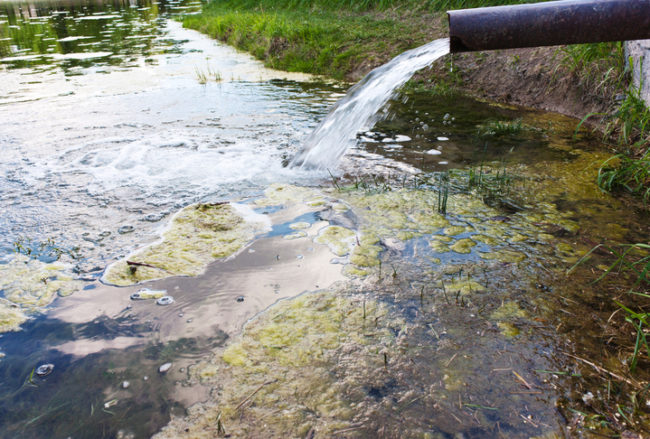Recently, we reported on the EPA’s decision to postpone the Clean Water Rule, a controversial rule pertaining to what bodies of water are protected under the Clean Water Act (CWA). While the CWA states that it regulates discharge from point sources into surface waters, what constitutes “surface waters” has continued to be an open and debated question, one that appears to have created a Circuit Court split that the U.S. Supreme Court may need to resolve.
Specifically, on February 1, 2018, the Ninth Circuit issued a decision in Hawaii Wildlife Fund v. County of Maui, that could be at odds with two cases currently pending before the Fourth Circuit: Sierra Club v. Virginia Electric Power and Upstate Forever v. Kinder Morgan Energy Partners. One of the issues in the three cases is whether groundwater can be regulated under the CWA if it serves as a conduit for effluent that eventually reaches surface water regulated under the CWA.
In Hawaii Wildlife Fund, the state of Hawaii’s Lahain Wastewater Reclamation Facility disposed of treated wastewater in injection wells that were a short distance from the ocean. The wastewater eventually reached the ocean. While the ocean is clearly a regulated body of water under the CWA, the wells did not discharge directly into the ocean, but rather the ocean contamination occurred indirectly through the groundwater.
The Ninth Circuit held that for purposes of the CWA, the injection wells were a point source; a National Pollutant Discharge Elimination System (NPDES) permit was required for groundwater if “the pollutants are fairly traceable from the point source to a navigable water such that the discharge is the functional equivalent of a discharge into the navigable water”; and the pollutant levels reaching navigable water are more than de minimis. Noting, however, the ambiguity inherent in determining when a pollutant is “fairly traceable,” the court wrote, “[w]e leave for another day the task of determining when, if ever, the connection between a point source and a navigable water is too tenuous to support liability under the CWA.”
On the other hand, two District Court decisions from the Fourth Circuit have resulted in diverging decisions within that circuit. In Upstate Forever, the U.S. District Court for the District of South Carolina dismissed an action where the plaintiffs had argued that groundwater was subject to the CWA because an underground pipe had spilled petroleum and contaminated the groundwater with the potential to contaminate surface waters.
In Sierra Club, the U.S. District Court for the Eastern District of Virginia held that where combustion waste from coal ash piles (a point source) contaminated groundwater with arsenic and other heavy metals and harmful pollutants, and the contaminated groundwater eventually reached surface waters, the discharge violated the CWA and a permit was needed.
It remains to be seen how the Fourth Circuit will decide the issue with respect to the two cases. The Upstate Forever case may be decided on the grounds that a underground pipeline does not constitute a point source and/or the surface waters were never actually found to be contaminated.
If the Fourth Circuit reverses the Sierra Club decision, there would be a split in the Circuit Courts making it ripe for the U.S. Supreme Court to decide the issue, which we’ll monitor.

